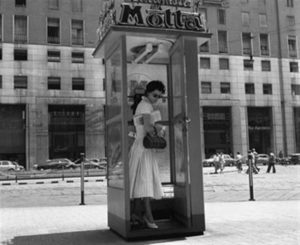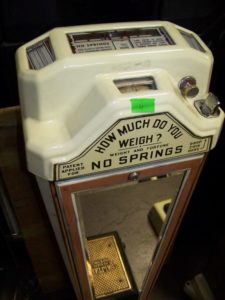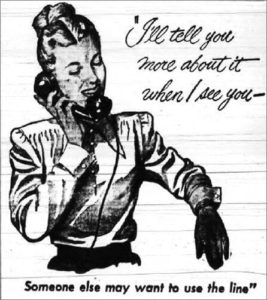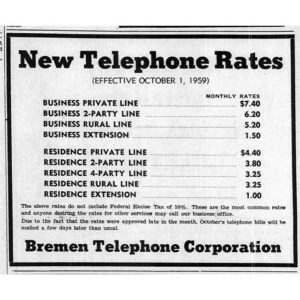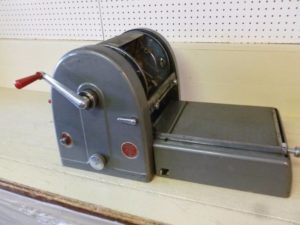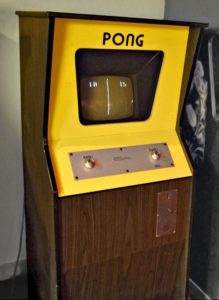
I vividly remember when I first saw the marvel of the 1970’s that was called Pong. I walked into the Rogers, Arkansas bowling alley in 1974, shortly after I got my motorcycle license and was enjoying the freedom of getting around on my own for the first time. There, among the pinball machines and pool tables, sat a table with a clear glass top. Under the glass was a TV screen showing a dot of light being hit back and forth between two flat bars of light. It was obvious that it was an electronic clone of ping-pong.
This was pretty amazing stuff. Arcade games all had one thing in common: they were machines. They consisted of plastic and metal parts that worked via gears, belts, and the like. A car driving game consisted of a little car on a stick that moved back and forth as you “steered” it through obstacles that were attached to a moving belt. Baseball was a game where a ball came rolling at the home plate, and you swung by operating a plastic bat that sent the ball back onto the field.
Suddenly, before me sat a game that was completely electronic! The quarters were practically jumping out of my pocket.
Pong first appeared as a release of arcade games by Atari in 1972. Tennis was a natural first choice for digitization. After all, way back in 1958, a tennis game similar to Pong was created by Willy Higganbottham, only viewed like you were sitting at half court at ground level.
By 1976, Pong games were everywhere. And there were generally people playing on every one you saw. You could also buy home versions that turned many a TV set into a tennis court.
About this time, more sophisticated games started coming out, and Pong began fading away. But its very simplicity ensured that it would always be around in the form of computer games.
For everything you would ever want to know about Pong and its history, check out http://www.pong-story.com/





